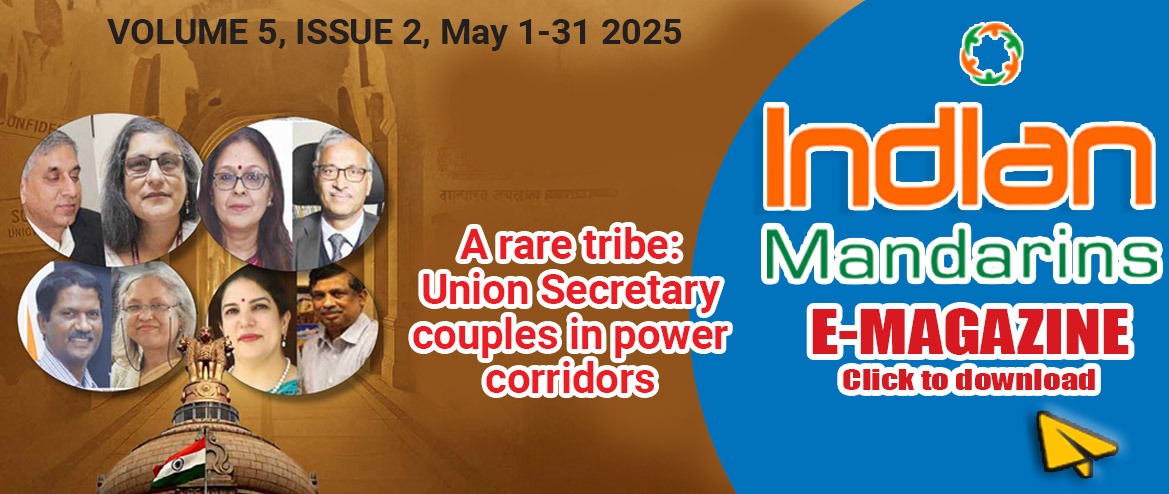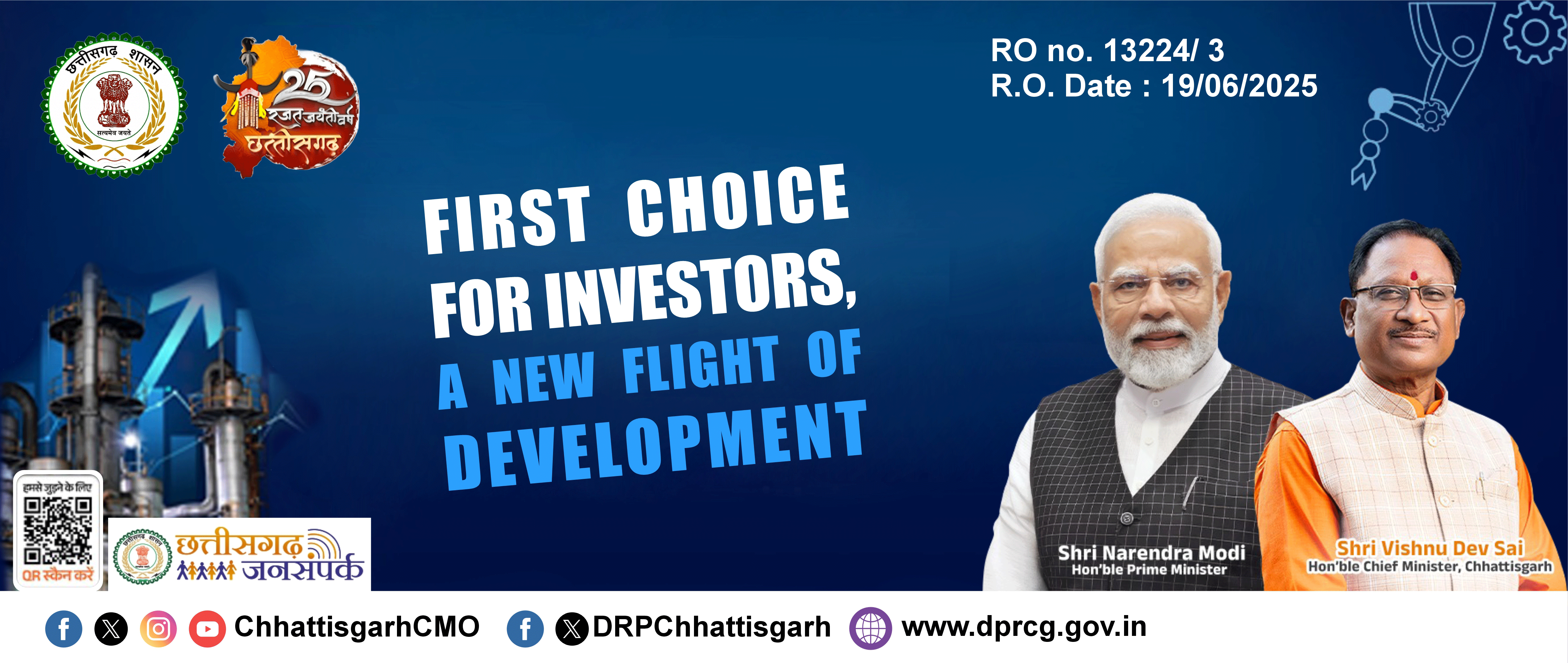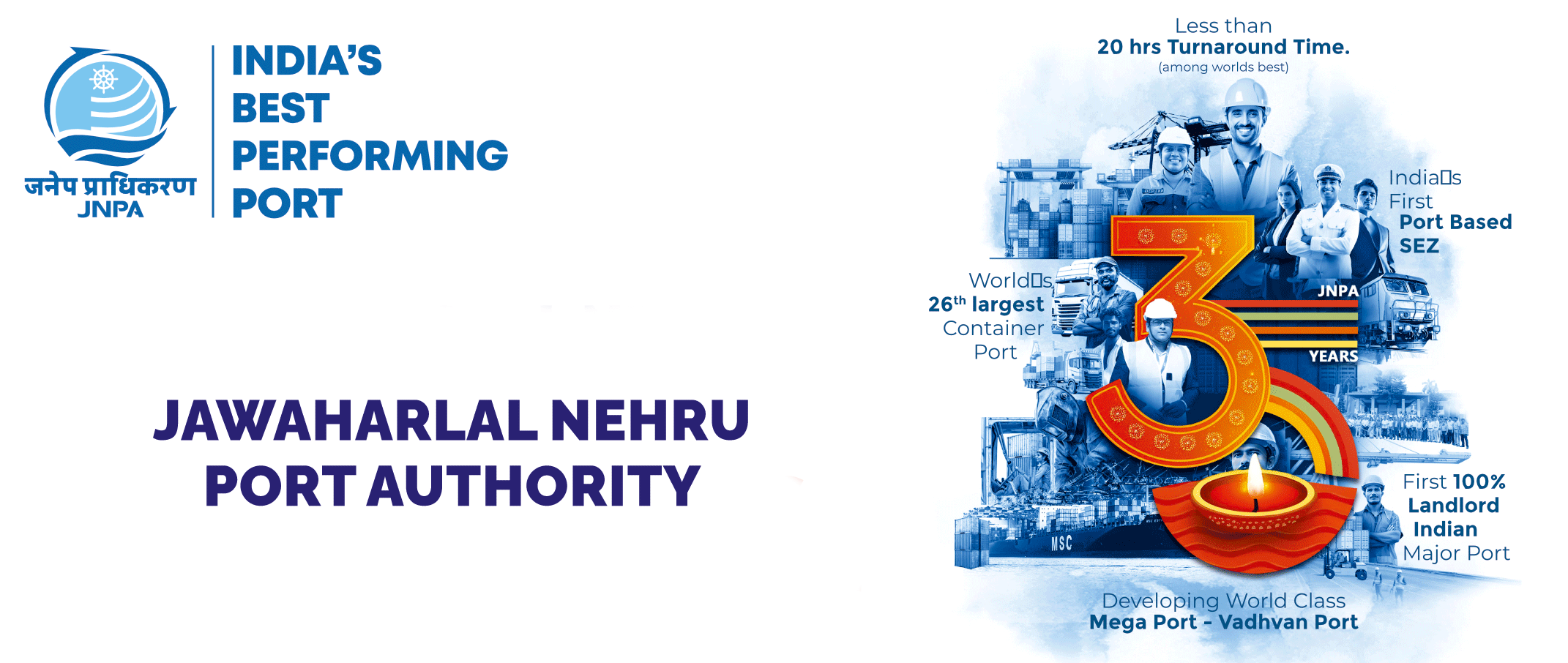TO RECIEVE EXCLUSIVE POSTS AND NEWS
Governments
run on established and time-tested rules and regulations with institutional
support mechanism and
not on peripheral procedures with changes introduced frequently to both
circumvent and override the existing institutional mechanism which invariably
runs the risk of destroying the anchor of the ship and break the confidence of
the participants. As
days pass, more and more glaring violations of rules have begun surfacing as
the administration continues to follow the 360-degree
evaluation method which is not only opaque, but also contravenes the established
institutional mechanism. The following brings out the contradictions between
the procedure of 360 feedback and
the institutional mechanism of feedback based on Performance Appraisal Reports
and obtaining vigilance clearance from CVC, CBI and State Government. The
All India Services (Performance Appraisal Report) Rules, 2007 being violated
are as follows :- Rules
5(2), 6(4), and 5(7) Rules 5(2), 6(4), and 5(7) clearly stipulates that after
one month of superannuation or relinquishment of the post, the retired officers
cannot report or review the performance of serving officers. In the case of
360, officers who have retired or have demitted the post much earlier are also
being consulted. In many cases the consulted officer may also be working with
the private sector which results in conflict of interests. Rules
5(4) & 6(3): Rules 5(4) and 6(3) mandates that the
reporting/reviewing/accepting authority shall write the CR only if he has seen
the performance of the officer for at least three months during the period for
which the CR is to be written. The present 360 consultation violates the basic
nature of this rule as many of the officers being consulted have never worked
with the officer and thus may not have any information/knowledge of the work
done by the officer in his career, as no recorded documents or copies of the
ACR are made available to the retired officer who is being consulted. Most of
the comments and views are thus on hearsay, gossip or their individual
perceptions. Rule
8(1) Under Rule 8(1), before the Amendment in 2007, an adverse remark in the CR
was communicated to the officer in writing within two months of the receipt of
the CR. This Rule is violated as there is no mechanism for communicating the
comments received under 360, to the officer concerned. According
to Rule 9, before 2007 amendment, the officer may represent to the government
against the remarks communicated to him within 45 days and Rule 10 provides for
consideration of the representation made against adverse remarks by the
officer. After 2007 Amendment, the performance appraisal report, as a whole, is
communicated which ensures more transparency and also acts as an improvement
oriented reporting system and this is grossly violated by the 360-degree evaluation
methodology. In the place of a transparent institutional mechanism of review,
an opaque system of 360 is now being followed.
Under
the 360-degree evaluation methodology, as adverse remarks are not communicated,
the officer has no chance of representing against the remarks and there are
chances of the officer being condemned unheard. This also brings in
subjectivity at both the level of gathering the inputs and at the level of
giving inputs.![]()
Readers' Choice
Haryana IAS may be forcibly retired for her long absence from duty 1 hour ago
Bihar Chief Secretary may get service extension 20 hours ago
Rajasthan Govt recommends halting pension of IAS officer in wheat scam case 21 hours ago
Neeraj Mandloi is new ACS to Chief Minister, IAS reshuffle includes nine officers 07 Jul 2025
RK Sharma takes charge as DGP 03 Jul 2025
360 may sink civil services' anchor
By IndianMandarins - 2016-09-15 10:45:55
Governments run on established and time-tested rules and regulations with institutional support mechanism and not on peripheral procedures with changes introduced frequently to both circumvent and override the existing institutional mechanism which invariably runs the risk of destroying the anchor of the ship and break the confidence of the participants.
As days pass, more and more glaring violations of rules have begun surfacing as the administration continues to follow the 360-degree evaluation method which is not only opaque, but also contravenes the established institutional mechanism. The following brings out the contradictions between the procedure of 360 feedback and the institutional mechanism of feedback based on Performance Appraisal Reports and obtaining vigilance clearance from CVC, CBI and State Government.
The All India Services (Performance Appraisal Report) Rules, 2007 being violated are as follows :-
Rules 5(2), 6(4), and 5(7) Rules 5(2), 6(4), and 5(7) clearly stipulates that after one month of superannuation or relinquishment of the post, the retired officers cannot report or review the performance of serving officers. In the case of 360, officers who have retired or have demitted the post much earlier are also being consulted. In many cases the consulted officer may also be working with the private sector which results in conflict of interests.
Rules 5(4) & 6(3): Rules 5(4) and 6(3) mandates that the reporting/reviewing/accepting authority shall write the CR only if he has seen the performance of the officer for at least three months during the period for which the CR is to be written. The present 360 consultation violates the basic nature of this rule as many of the officers being consulted have never worked with the officer and thus may not have any information/knowledge of the work done by the officer in his career, as no recorded documents or copies of the ACR are made available to the retired officer who is being consulted. Most of the comments and views are thus on hearsay, gossip or their individual perceptions.
Rule 8(1) Under Rule 8(1), before the Amendment in 2007, an adverse remark in the CR was communicated to the officer in writing within two months of the receipt of the CR. This Rule is violated as there is no mechanism for communicating the comments received under 360, to the officer concerned.
According to Rule 9, before 2007 amendment, the officer may represent to the government against the remarks communicated to him within 45 days and Rule 10 provides for consideration of the representation made against adverse remarks by the officer. After 2007 Amendment, the performance appraisal report, as a whole, is communicated which ensures more transparency and also acts as an improvement oriented reporting system and this is grossly violated by the 360-degree evaluation methodology. In the place of a transparent institutional mechanism of review, an opaque system of 360 is now being followed.
Under the 360-degree evaluation methodology, as adverse remarks are not communicated, the officer has no chance of representing against the remarks and there are chances of the officer being condemned unheard. This also brings in subjectivity at both the level of gathering the inputs and at the level of giving inputs.























